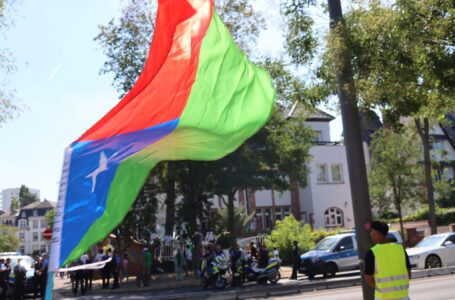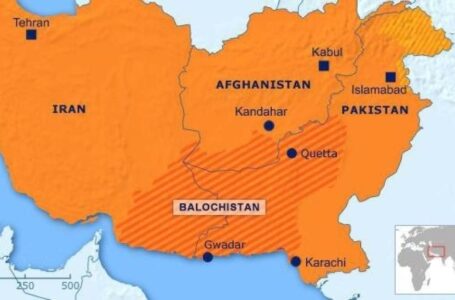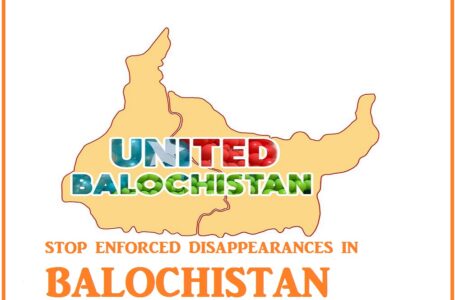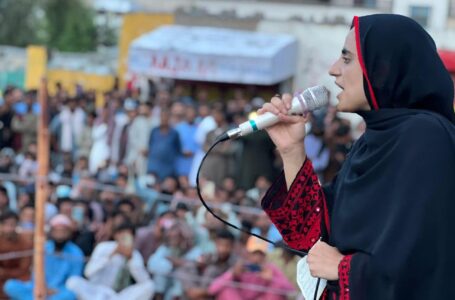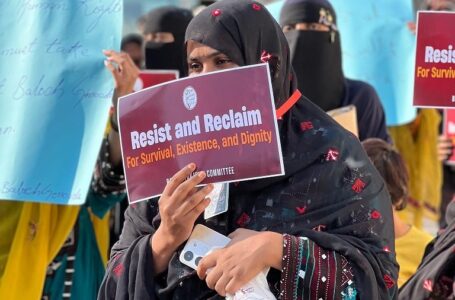FBM Holds Simultaneous Protests Against Pakistan’s Nuclear Tests on Baloch Land
How Credible is Pakistan Army’s Kachhi Operation Claim?
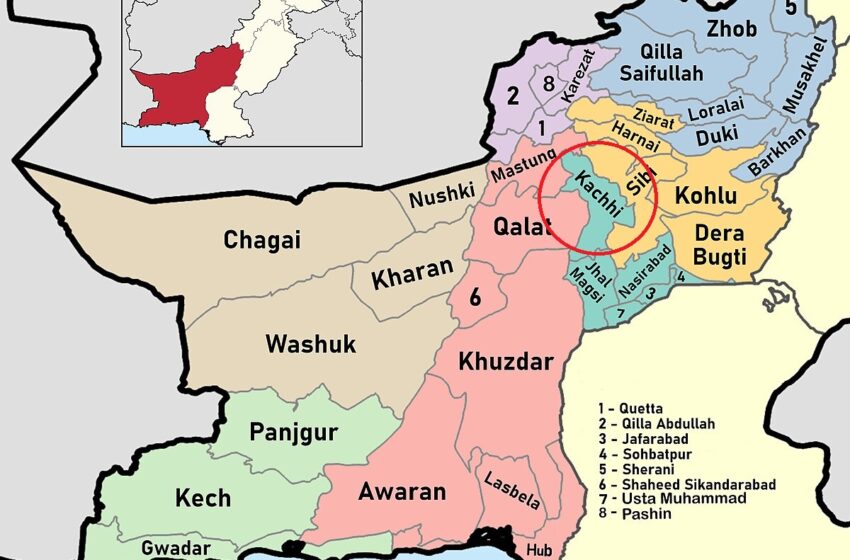
The Pakistan Army’s recent operation in Kachhi, Balochistan, which resulted in the killing of 27 alleged Baloch militants on January 12, has raised questions about the accuracy of the official reports provided by the military.
According to the military’s Inter-Services Public Relations (ISPR), the militants killed in the operation were responsible for numerous attacks on security forces and civilians. However, critics have pointed out that the army’s failure to identify the militants or provide clear evidence of their affiliations raises doubts about the credibility of the military’s claims.
While the operation has been hailed by the ISPR as a major success, concerns have been raised about the authenticity of the narrative. The use of advanced surveillance technology, including satellite imagery provided by China and the army’s reported lack of casualties in a high-risk operation have fuelled scepticism. Experts argue that neutralising a seasoned guerrilla force like the Baloch fighters without significant resistance is highly improbable.
Further suspicion has arisen from the ISPR’s admission that Baloch militants had allegedly infiltrated civilian areas and used civilians as human shields, which adds to the uncertainty about the nature of the operation. Although the military claims to have recovered multiple weapons caches and destroyed hideouts, no substantial evidence has been provided to substantiate these reports.
International media outlets widely published the Pakistan Army’s version of events, without independent verification from the ground. This has led to concerns that international media is relying solely on the Pakistani military’s narrative, due to limited access to the region. Local reports from Kachhi, however, suggest that the violence involved two rival Baloch tribes, with only two people killed and several others wounded, indicating that no military operation actually took place.
Some analysts have suggested that the operation could be an example of a “fake encounter,” a tactic previously used by the military in similar operations. The killing of civilians under the guise of counter-insurgency operations has long been a controversial issue, and this incident has only intensified doubts regarding the official version of events.
The ISPR’s narrative is seen by some as an attempt to bolster the morale of the Pakistan Army in Balochistan, and to mislead international investors who have expressed concerns about the security situation in the region. With China’s $46 billion investment in the China-Pakistan Economic Corridor (CPEC), the Balochistan conflict has become a focal point for both Pakistan and international powers. Pro-freedom Baloch groups claim that China’s growing presence in the region serves military purposes and a complicity with Pakistan’s ongoing genocidal policies against Baloch people.
China, seeking to counter growing interests from India, the USA, and Gulf States in the region, is reportedly re-evaluating its strategy due to ongoing attacks by Baloch insurgents. Some speculate that China may seek alternatives like the Chabahar Port in Iranian-occupied Balochistan. However, like Gwadar, Chabahar is also situated in Baloch territorial waters, and any attempts to develop it without the consent of the Baloch people are likely to face strong resistance.
In addition, Iran has intensified efforts to alter the demographic makeup of the region by flooding Chabahar with non-Baloch populations under the guise of a “Makran Coastal Development.” The displacement of Baloch families and destruction of their ancestral homes have sparked growing anger and resistance in Iranian-occupied Balochistan, where the local population is determined to thwart Iran’s efforts to undermine their rights and heritage.
As the situation in Balochistan remains tense, the international community continues to monitor the complex dynamics of the region, particularly the involvement of foreign powers like China and Iran, and the ongoing struggle for liberation of Balochistan.



